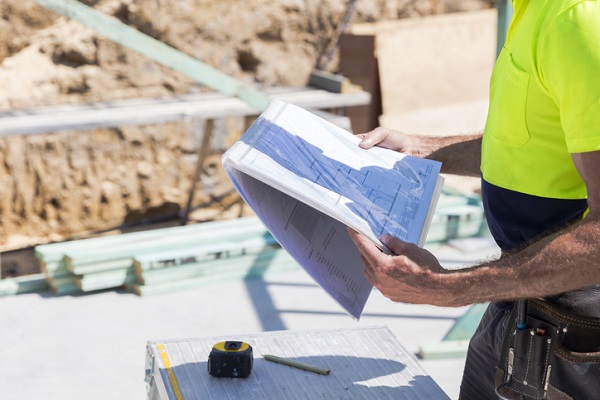Guidance across the board – Standards Australia February 2021 update

Supporting industry with strong guidance material is at the core of Standards Australia’s role as an organisation. However, for standards to be applied and used successfully, there must also be the tools for industry to understand and access them as easily as possible. Developing these kinds of resources is a priority for the organisation and has been a large area of focus in the beginning months of 2021.
Educating through standards
Do you ever have questions about standards? How exactly they’re made or even who makes them? Late last year, Standards Australia alongside the NSW Office of the Building Commissioner launched a new eLearning module, The value of Australian Standards.
The two-hour course is an in-depth educational resource about construction standards, providing a comprehensive overview of the regulatory framework and the responsibilities of Standards Australia. It gives practitioners the tools to understand how standards are developed, the different types of guidance that exist and the consequences associated with not following certain standards.
Standards Australia knows the construction sector can be a complex network of regulations, codes and technical infrastructure and this course aims to give a comprehensive insight into how standards support those across the building and construction industry.
The module is an important part of the work being done to expand the knowledge of the guidance available. Greater education on the benefits of standards is integral in supporting the modern construction workforce, with the eLearning module being a step in the right direction.
A high standard for crane use
When looking to the skyline in any city across Australia, you are likely to see a crane popping up from a worksite. With different types of cranes being used so frequently around our nation, it’s important the construction sector can rely on the equipment.
From access guards and restraints to information labels, the safety of those working in and around cranes is paramount. In January of this year, nearly 20 standards were published to support the correct design and safety requirements of cranes.
Some of the standards include:
- AS 5246.1:2021, Cranes – Classification – Part 1: General [ISO 4301-1:2016, MOD]
- AS 1418.1:2021, Cranes, hoists and winches, Part 1: General requirements.
- AS 5221.1:2021, Cranes – Design principles for loads and load combinations – Part 1: General [ISO 8686-1:2012, MOD]
- AS 5224:2021, Cranes – Proof of competence of steel structures [ISO 20332:2016, MOD]
These standards have been updated to support crane safety from design through to use. By aligning the standards with international guidance, it builds consistency across the sector as well as enabling Australia to easily export cranes and utilise those from other countries.
Going greener
As the global population rises and with more than half the world’s population living in urban environments, conversations around ‘urban green infrastructure’ are growing. But what exactly is it? Urban Green infrastructure refers to a network of environmental features, including green walls, green roofs and street trees. Landscape architects and other built environment professionals are at the forefront of innovation to assist our cities in staying liveable and havens of biodiversity.
To support the implementation of greener spaces and keep our cities cooler, Standards Australia is working with a committee of experts to develop a Handbook that supports the design, implementation, valuation and maintenance of urban green infrastructure.
The Handbook will be the first collaborative move in the standards space on how urban green infrastructure guidance can support a more sustainable Australia. If you are interested in learning more or participating in this important work, please reach out to Standards Australia at sem@standards.org.au.
Bushfire prone areas
Even over a year on, the 2019/2020 bushfire season continues to affect many Australian communities. Standards Australia has long been committed to supporting construction and safety in bushfire prone areas.
The way infrastructure performs in a fire is due to the design and construction of a building, but equally important is how it is maintained and prepared by owners. To support this effort and provide guidance around how to mitigate damage to buildings affected by fire, Standards Australia is set to create a Handbook for maintenance of construction in bushfire-prone areas.
The future document is part of Standards Australia’s commitment outlined in its submission to the Royal Commission into National Natural Disaster Arrangements. In the submission, Standards Australia made clear it would work with industry to prepare helpful guidance on how to increase the existing and future built environment’s resilience to bushfire attack and other climate-related challenges.
The Handbook will also be a support document to the current standard AS 3959:2018, Construction in bushfire prone areas, which is available to download at no cost via the Standards Australia website, Techstreet and SAI Global.
